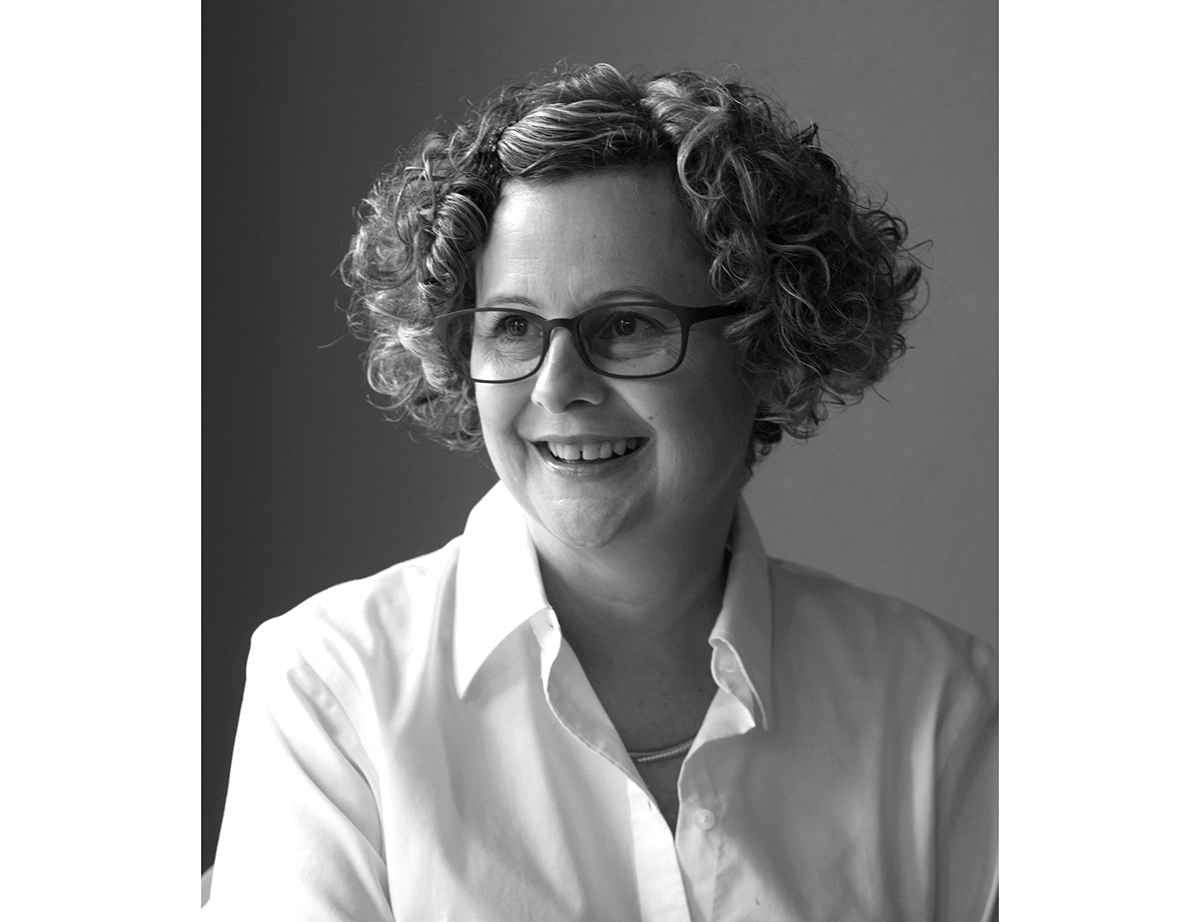
by Elizabeth A. Wheeler, Associate Professor, Department of English
My fall 2015 CSWS Faculty Research Grant proved crucial to the development of my book, HandiLand: The Crippest Place on Earth. HandiLand explores representations of disability in young adult and children’s literature since 1990. In recent decades, new rights laws worldwide have allowed young people with disabilities to infiltrate many spheres of public space. Literature for young readers reflects this new public presence—and also maps how far we still need to go to achieve equality.
I began the CSWS research grant with the desire to write about Allie Brosh’s beloved 2013 graphic novel Hyperbole and a Half: Unfortunate Situations, Flawed Coping Mechanisms, Mayhem, and Other Things that Happened. I noticed that in the comics (and comic) version of her life rendered in the memoir, both Brosh and her animals seemed to share the same disabilities.
I thought Allie Brosh would be a perfect addition to my book chapter on nature as a public space and the mixed successes of young people with disabilities in their efforts to access nature. It would also be the perfect contrast to the section I had just written, “Moving Together Side by Side: Animal-Human Comparisons in Picture Books.” There I had looked at picture books about boys with disabilities and animals as models for recognizing our shared kinship in the living world. While these picture books show boys and animals succeeding at heroic rescues and outdoor adventures, Hyperbole and a Half seemed to be all about the creepiness of wild nature and the dog and human arts of failure.
As I explored Allie Brosh’s comics and widened my research, I discovered that Brosh’s embrace of failure reflected two important things: first, the disability and educational histories of the millennial generation, and second, her environmental ethic. Almost every chapter of Hyperbole and a Half revolves around a failed test. Brosh has Attention Deficit/Hyperactivity Disorder and belongs to the generation in which ADHD became a moral panic. Prescriptions for Ritalin skyrocketed and psychologists administered behavioral checklists. At the same time, standardized testing became the dominant paradigm in U.S. education. I see in my university students how their experience with standardized tests from kindergarten onward has set them up for test anxiety in college. The extravagantly comic failed tests of Hyperbole and a Half resonate deeply with Brosh’s millennial readership. Out of this history grows Brosh’s ADHD environmental ethic, in which nature—including human and canine disability—always exceeds our ability to harness or alter it.
By the end of the research period, I had completed the Nature chapter of the book as well as the theoretical introduction, a book proposal for publishers, and a concrete plan for completion. Watching a documentary on Walt Disney, I realized that I had unwittingly based the book on the Magic Kingdom at Disneyland (blame a Southern California childhood). Each of my book chapters focuses on a different form of public space that young people with disabilities have entered in the literature of recent decades: nature, school, fantasy, and sex. In my vision for the book these four public spaces mirror the original lands of Disneyland: Adventureland (Nature), Frontierland (School), Fantasyland (Fantasy), and Tomorrowland (Sex). The theoretical introduction to the book, grounded in oral histories gathered in my town of Eugene, Oregon, mimics the entrance to Disneyland: Main Street, USA.
Thus, HandiLand acquired its subtitle: The Crippest Place on Earth, an echo of Disneyland’s “The Happiest Place on Earth.” This analogy makes sense to me, for the disability experience is, like Disneyland, laced with magic and rife with ironies.
—Elizabeth A. Wheeler leads a team developing the Disability Studies Minor in the UO College of Arts and Sciences. The minor is set to launch in fall 2017. Her book chapter “Moving Together Side by Side” will appear soon in Disability and the Environmental Humanities: An Anthology, published by University of Nebraska Press. Prof. Wheeler also directs the UO Literacy Initiative.

